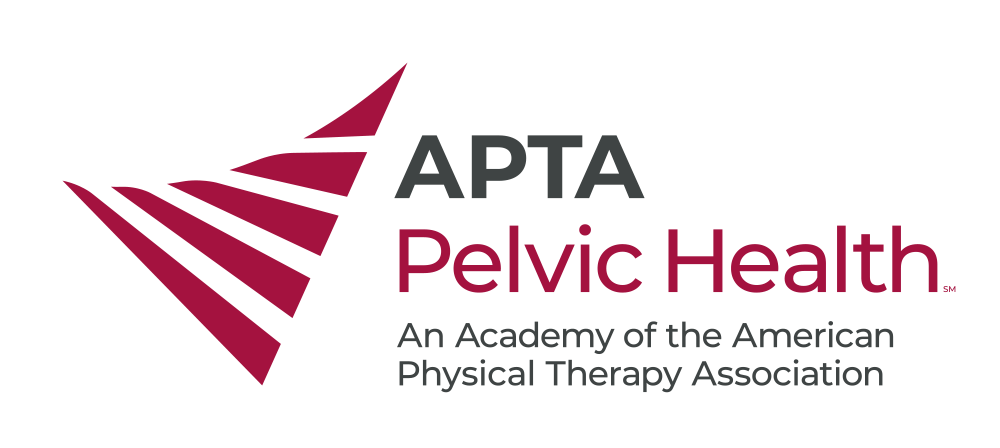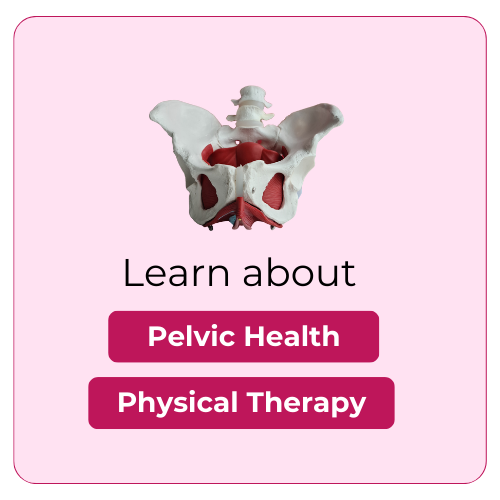Peezing, PH1 Webinar, and Essential Exercises for the Childbearing Year
Prior to the fall semester of my first year in the DPT program at UW-Madison, pelvic floor physical therapy (PT) didn’t exist to me. The most I knew about women’s issues postpartum was from the Facebook posts of my childhood neighbor who often shared content centered around motherhood. These postings featured pictures with captions such as “when I was a kid, I laughed at my mom for having to cross her legs when she had to cough or sneeze… it’s not funny anymore…”, or a dictionary style image with the word “peezing: sneezing and peeing at the same time”. So, although not all my women’s health knowledge was based on memes (thank goodness), peeing when you sneezed seemed like a normal biologic function for mothers and no one had ever told me otherwise.
Fast forward to September of last year when a physical therapist came into our clinical medicine class to discuss pelvic health PT. She set the story straight on society’s blasé attitude towards incontinence postpartum; it discourages women from seeking help for a preventable condition. Her presentation on urogenital conditions and reproductive health struck my interest in a field that just a couple weeks before belonged purely to physicians in my mind. Following the unit, I pledged to investigate the field further. I attempted to shadow at multiple clinics in Madison but had little success due to COVID restrictions. A short while later, it happened by chance that I was able to spend a day with a pelvic floor PT during my second clinical placement. I was concerned her patients would decline a student being present in this intimate environment, but all graciously agreed to let me sit in on the session and moreover, they were excited to hear students like myself were interested in entering this niche. And thus, that brings me to today, signed up for the pelvic health level one webinar through a scholarship from the American Physical Therapy Association (APTA) and excitedly awaiting the plethora of knowledge I will gain.
But all the potential information to gain and experience to be had is humbling. In writing this blog post, I don’t know what the big issues of pelvic health physical therapy are, or what direction the field is pushing in. I’ve never been pregnant, or a mother, and I don’t have a deeply rooted story as to how I came to be interested in pelvic health. I was a student, who learned a thing, and thought it sounded pretty cool. I feel as I’m sure many of you reading this did when you started in pelvic health physical therapy… excited and a bit under experienced and overwhelmed.
To alleviate some of my lack of experience, I did what many a student does: compensated with book-learning. I spiraled down a rabbit hole, going link to link on the APTA website, discovering pelvic floor therapists’ podcasts, and one or two emails were sent to professors to understand the ‘big hits’ of pelvic floor physical therapy history. I found an abundance of contributors to the field, including Jill Boissonnault, a former professor at my university and co-author to the APTA pelvic floor curriculum guidelines for students.
Our profession’s trailblazers, including Elizabeth Noble, founder of the Academy of Pelvic Health Physical Therapy (formerly called Section on Women’s Health) are the reason students entering the physical therapy field today know what pelvic floor therapy is, why there is a push to integrate Obstetrics, Gynecology and pelvic floor physical therapy, and why a plethora of women and men have received compassionate treatment for conditions that might otherwise be brushed under the rug.
In my search, I landed on some of Elizabeth Noble’s written works, including Essential Exercises for the Childbearing Year published in 1976. I borrowed the book from our library system and received a fraying and well-loved copy with plenty of illustrated visuals of what I can only describe as a woman with a haircut well suited for the time period. Yet the content was not so different than what I was just taught in our pelvic health unit. Elizabeth Noble wrote often of how the pregnancy experience centers around the birth, but what about the preparation and the aftermath? The physical therapy profession has changed and there’s a growing amount of research and education in postpartum care. Pelvic floor physical therapists are at the crossroads of therapeutic exercise, preventative services, and genitourinary expertise.
So, as I approach my first pelvic floor class, I am nervous about the vulnerabilities it presents, but assured that the people surrounding me are dedicated professionals who are working together to progress this field for the sake of our current, and future patients… And maybe one day, through ample dedication and education, there will be no association between the words ‘sneezing’ and ‘peeing’.

Author: Emma Rutherford, SPT
Author Bio: Beyond reading up on physical therapy practice from the 1970s, Emma keeps her knowledge current through seven days a week of being a second-year DPT student at the University of Wisconsin-Madison. Outside of class, she devotes her time to rock climbing, hiking the National Parks, and traveling.
Citations: Noble, E. (1976). Essential Exercises for the Childbearing Year: a guide to health and comfort
before and after your baby is born. Houghton Mifflin.


